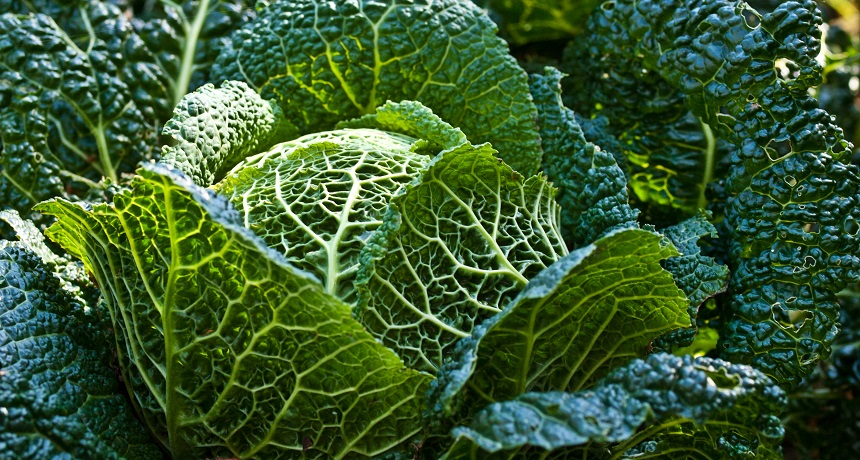Flush-free fertilizer
Scientists have found a new use for human urine — as a potent crop fertilizer.

BIG GREENS: A impressive cabbage could be the result of fertilization with human urine.
William Warby/Flickr (CC BY 2.0)
Scientists have found a new use for human urine — as a potent crop fertilizer.

BIG GREENS: A impressive cabbage could be the result of fertilization with human urine.
William Warby/Flickr (CC BY 2.0)